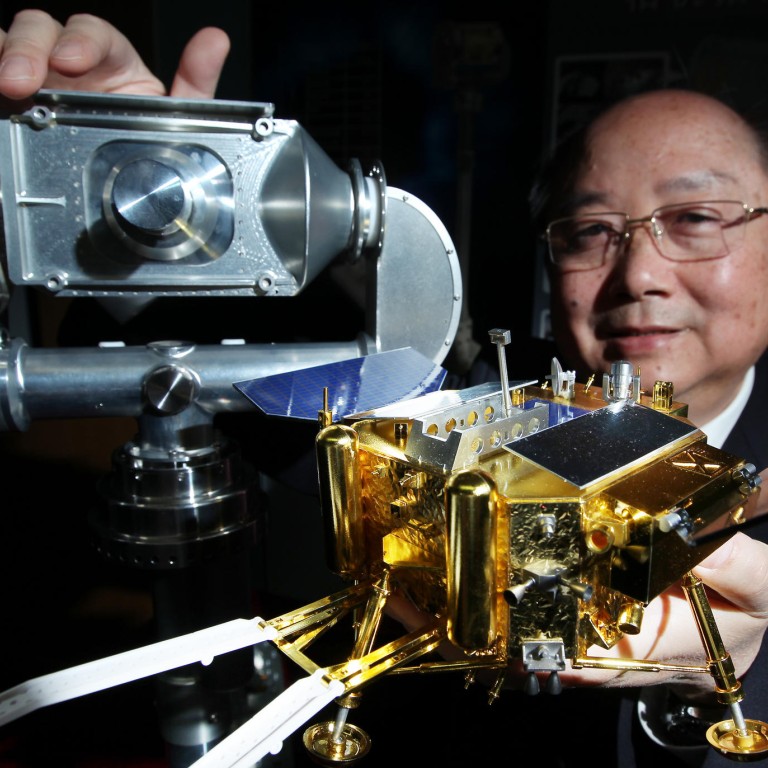
Hong Kong engineer's camera heads for the moon on board Chang'e-3
Local professor developed camera system that will take photos for mainland lunar programme
A Hong Kong professor will continue his work developing tools for China's lunar programme, after his latest creation was blasted into space on board the Chang'e-3 spacecraft on Monday - en route for the moon.

It is the first time an instrument developed and produced in Hong Kong has been used in China's lunar programme since its launch in 2007.
Yung will now continue work on a rock-scooping device, with the aim of having it installed on China's unmanned Chang'e-5 rocket, which is due to land on the moon in 2017.
Yung said his Camera Pointing System on Chang'e-3 was "the lightest of its kind" and cost less than those in spaceships developed by European countries and the United States.
The structure, weighing 2.8kg, was installed in the upper part of the lander.
It can move vertically within 120 degrees and rotate 340 degrees to capture images of the moon and the craft's rover Yutu.
The tool will allow operators to gauge accurately where Yutu should go by providing photographs of the surrounding environment, Yung said.
The system was made with aluminium, stainless steel and titanium, and the thickness and shape of each part was carefully calculated to minimise weight.
"Every piece of work for the space mission is one of creativity. The shape of the system is peculiar. It's not like any other system," he said.
The structure could withstand the extreme environment on the moon, where there is almost no air and temperatures range from 90 degrees Celsius to minus 180 degrees.
It would only work during the day when there was sunlight to provide power, and the temperature can go from minus 70 to 80 degrees.
Yung did not reveal the cost of developing the system but said it was cheaper than equivalent tools made in the United States and Europe.
His next step will be further collaboration on the system for surface sampling for the final phase of the exploration.
